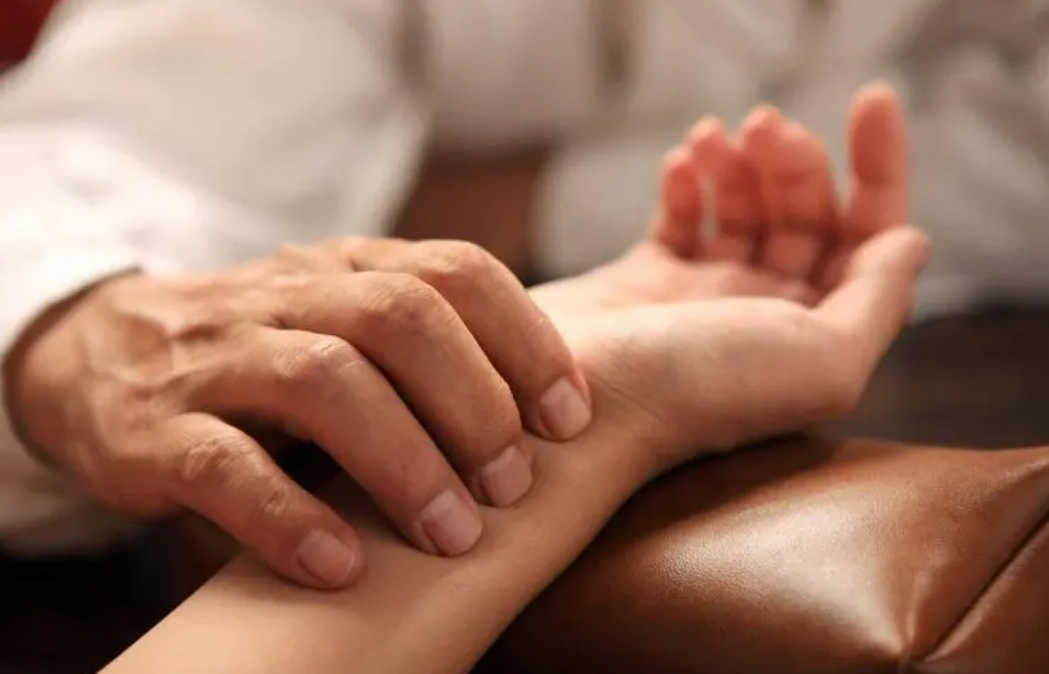
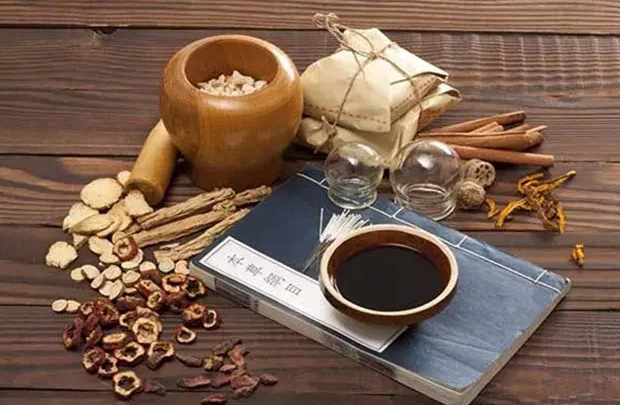
When we consult a TCM practitioner, they often tell patients that they have a damp-heat constitution or phlegm-damp constitution. So, what exactly is damp-heat?
What is damp-heat? How is it formed?
Damp-heat is a combination of two pathogenic factors from the six excesses, namely dampness (shī zhāi) and heat (rè zhāi).
Dampness refers to the moisture that can be categorized into external and internal dampness. External dampness (wài shī) is an external pathogen, often caused by humid weather, exposure to rain, or living in damp environments, leading to the invasion of external moisture into the body, characterized by heaviness, stickiness, and a tendency to descend. Internal dampness (nèi shī) is a pathological product related to dysfunction of the internal organs.Heat (rè) is also a type of pathogenic qi, characterized by its inflammatory and ascending nature. Heat can arise from internal organ dysfunction, known as internal heat, or from external pathogens.
1. Damp-heat is a pathological change where heat and dampness simultaneously invade the body or coexist within it. The following are common causes.

1. Invasion of external pathogens
Mainly refers to the invasion of damp-heat pathogens.
2. Irregular diet
Modern people often prefer rich and greasy foods, which is a major cause of dampness and heat accumulation.
3. Spleen and stomach dysfunction
Internal dampness arises and transforms into heat. The spleen governs transformation and transportation, serving as the hub for the movement of water and dampness. Any damage to the spleen and stomach can lead to dysfunction in their ability to transform and transport, resulting in internal retention of dampness. Prolonged dampness can transform into heat, leading to damp-heat syndrome.
4. Emotional factors
“The spleen is associated with thought; excessive thinking can lead to qi stagnation.” Overthinking and emotional distress can affect the liver’s ability to regulate, which is crucial for the spleen’s upward movement and the stomach’s downward descent, thus maintaining the healthy movement of spleen qi. If the liver fails to regulate, it can lead to spleen dysfunction, resulting in dampness accumulation and transformation into heat, causing damp-heat in the liver and gallbladder or the spleen and stomach.
2. How to differentiate between damp-heat and yin deficiency in diagnosed damp-heat syndrome?
The following criteria can be referenced: ① Dry mouth or dry throat; ② Dry lips; ③ Dry or gritty eyes; ④ Red cheeks; ⑤ Fever or low-grade fever; ⑥ Heat in the palms and soles; ⑦ Dry skin; ⑧ Dry or sticky stools; ⑨ Short and red urine.
Tongue and pulse diagnosis: ① Rough tongue coating; ② Coating peeling; ③ Red tongue body; ④ Dark red tongue body; ⑤ Purple or dark tongue; ⑥ Little moisture on the tongue; ⑦ Red tip of the tongue; ⑧ Thin and wiry pulse; ⑨ Thin and rapid pulse; ⑩ Wiry and thin pulse.
Having any 2 symptoms and any 2 findings from tongue and pulse diagnosis indicates the condition.
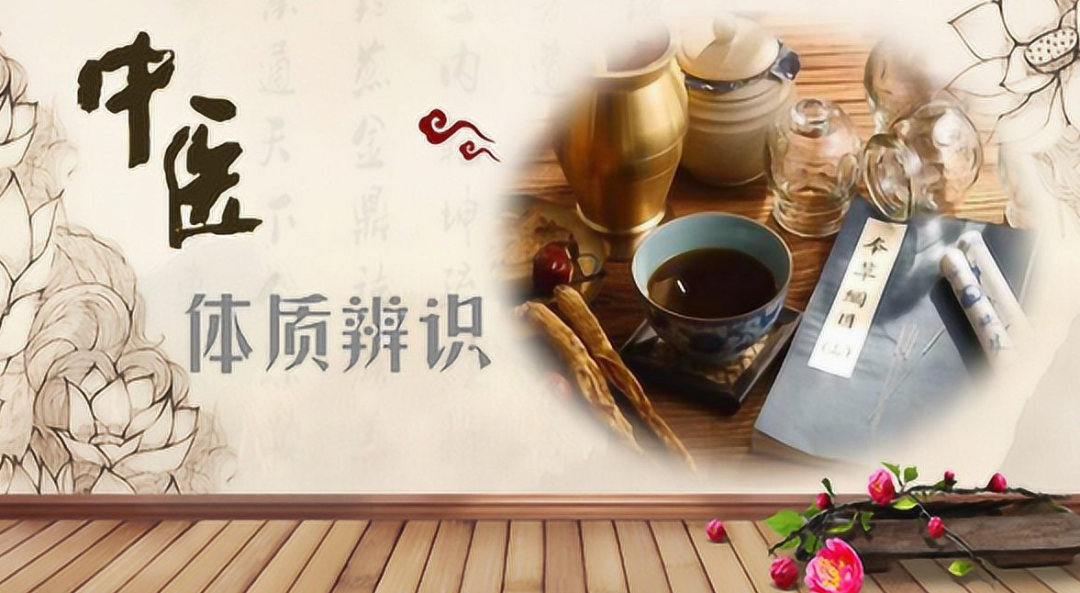
3. TCM formulas for treating damp-heat with yin deficiency
Today we introduce a very effective formula for dispelling dampness and nourishing yin, which is the Zhuling San (Polyporus Powder): Zhuling (Polyporus) 12g, Fuling (Poria) 12g, Zexie (Alisma) 9g, Ejiao (Donkey-hide Gelatin, melted) 9g, Huashi (Talc) 9g.
Indications
The Zhuling Decoction has the effects of promoting urination, clearing heat, and nourishing yin. It is indicated for the syndrome of water-heat accumulation. Symptoms include fever, water-heat accumulation, yin deficiency, and fluid damage, with manifestations such as fever, irritability, thirst, difficulty urinating, or accompanied by cough, nausea, diarrhea, or hematuria, and blood-tinged urine associated with yin deficiency with heat.
However, in clinical practice, TCM generally tailors treatment based on individual conditions. If yin deficiency is prominent, the focus is on nourishing yin; if damp-heat is excessive, the focus is on clearing heat and dispelling dampness.
Additionally, when dampness is obstructing the body, overly rich nourishing herbs like Ejiao and Shudi can exacerbate dampness. It is advisable to choose lighter herbs such as Maidong (Ophiopogon), Baihe (Lily Bulb), Shashen (Adenophora), and Yuzhu (Polygonatum) which are more moistening. Furthermore, the body’s ability to dispel dampness should not be overly warming and drying; herbs like Baizhu (Atractylodes), Chenpi (Dried Tangerine Peel), Cangzhu (Atractylodes), and Shengjiang (Fresh Ginger) are effective for transforming dampness but can be overly warming and drying, so caution is advised when using these herbs.
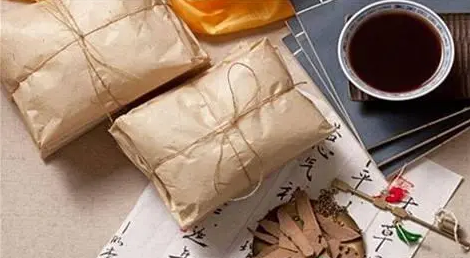

Warm Reminder
Traditional Chinese Medicine (TCM) and Chinese herbal medicine are treasures of the Chinese nation, but the prescription and use of herbs require guidance from a professional doctor. For individualized TCM treatment, it is recommended to seek medical advice as needed and not to blindly use prescriptions found online!
Recommended Doctors

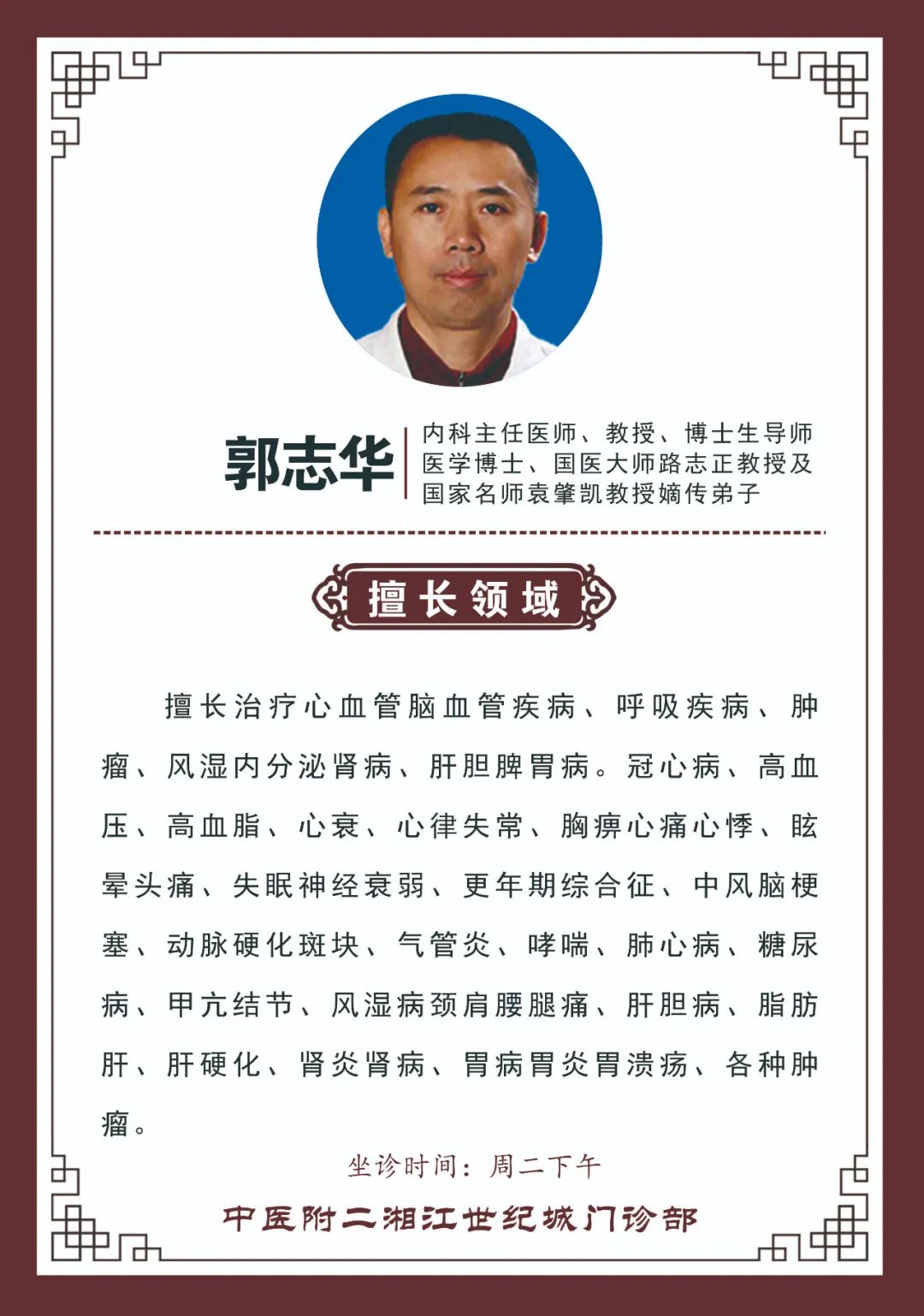
Directions to the Clinic
1. Bus Stop: Fengting Road Intersection Station Routes:
Route 11, Night Route 1, Route 106, Route 208, Route 112, Route 283, Community Bus Line 9
2. Subway Station: Line 1, Kaifu District Government Station, Exit 2
Outpatient Phone: 0731-85112238
Mobile Number: 19918877381 (WeChat same number)
Address: Building 42, Rebuilt Site No. 10, North Xiangjiang Road, Kaifu District, Changsha City
Hunan Huazhen Tang (TCM Affiliated Second Xiangjiang Century City Outpatient Department)

END


